
My family and I live in Ramat Bet Shemesh, a burgeoning city in the middle of biblical Israel’s Shfelah region. The Shfelah is the rolling hills and fertile valleys west of the mountains surrounding Jerusalem, and is part of the tribe of Yehuda’s (Judah) homeland.
When the Jewish nation originally entered Israel, some 3300 years ago, most of the Shfelah was occupied by the Philistines, an ancient sea-faring people. Even after most of Canaan became Israel, the Philistines (who weren’t exactly Canaanites) continued to live in the Shfelah - not as friendly neighbors, but using the area as a base to raid and harass Jewish cities and towns.
Finally, around 2900 years ago, a young boy named David knocked down their giant warrior Goliath with a little stone he pulled out of the Elah Stream right over the hill from our home. The Philistines retreated to their coastal enclaves (like Gaza), opening the Shfelah to Israel.
From that day onward, although King David and his dynasty ruled from nearby Jerusalem, most of his large tribe of Yehuda (Judah) lived and farmed in the Shfelah. For most of both Temple Periods, this was the center of Jewish life in ancient Israel, where regular people worked, married, raised children, studied, prayed, and squabbled over the price of eggs.
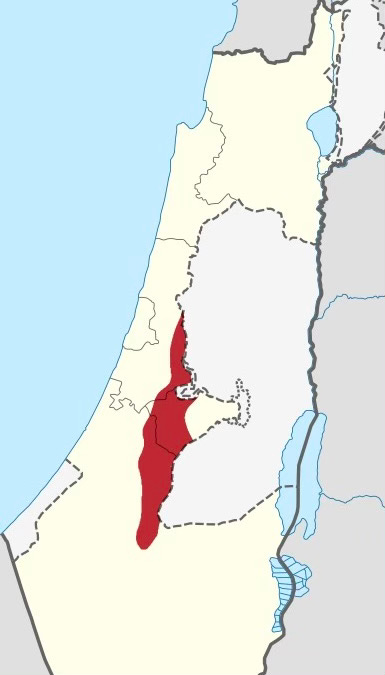
Perhaps that’s why I feel so comfortable hiking and camping in this area. The land here is beautiful - but less dramatic than the desolate Negev desert, the sloping peaks of the Galil, and the stunning canyons and streams of the Golan. People drank here from plain old wells.
The Shfelah feels like home.
The Shfelah feels like home.
Several weeks ago, as war raged in Gaza right down the road, I hopped off a bus right outside the modern incarnation of the Shfela’s Roman-era town of Bet Guvrin, and hopped on the trail as the last rays of daylight fell away.
Several weeks ago, as war raged in Gaza right down the road, I hopped off a bus right outside the modern incarnation of the Shfela’s Roman-era town of Bet Guvrin, and hopped on the trail as the last rays of daylight fell away.
With my headlamp lighting the way, I trudged the dark trails, alone but not lonely. As most Jews today descend from Yehudah’s tribe, and many trails follow ancient routes, there’s a decent chance one of my ancestors walked here, perhaps on his way to plow his field, or on her way to receive God’s guidance from the local prophet.
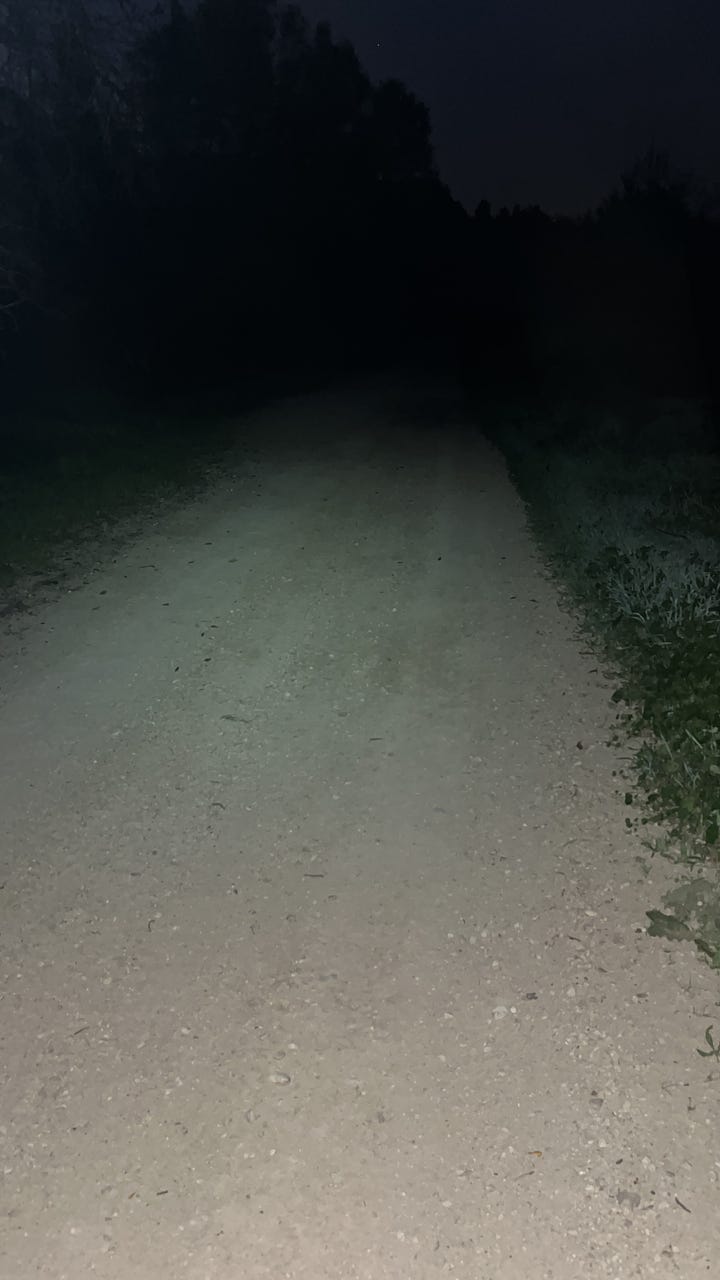
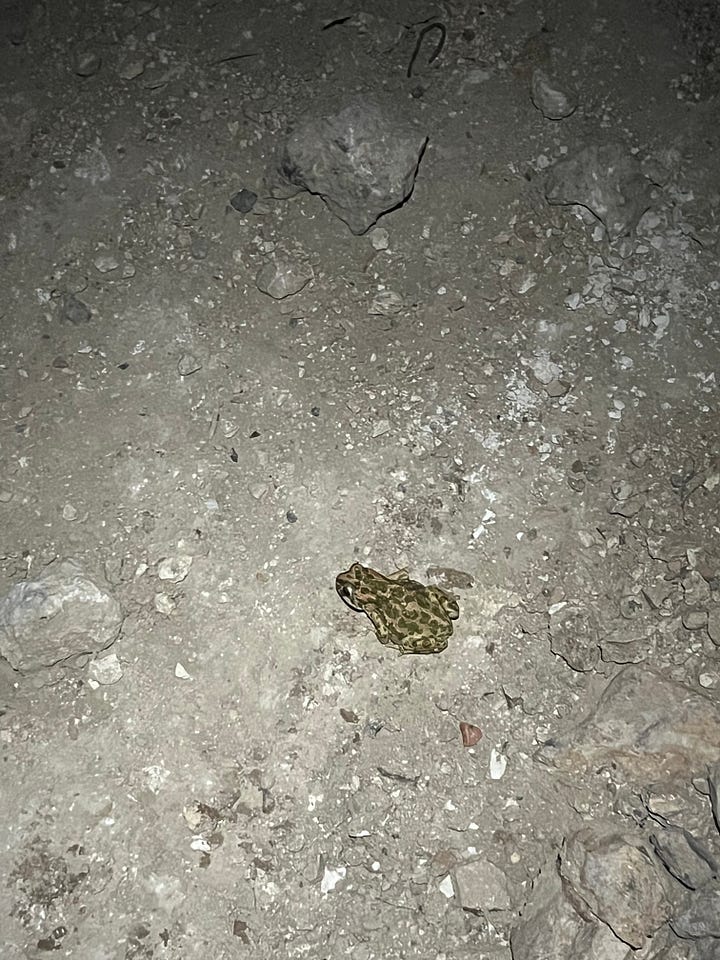
I didn’t want to camp on the trailside in the middle of nowhere - or, more precisely, the middle of everywhere. If the guys in Gaza would heave over some midnight rockets, sirens wouldn’t wail and Iron Dome wouldn’t shoot them down, because, for some strange reason, only concrete-and-steel cities count as inhabited areas.
So I looped back around to the back of Bet Guvrin, and settled in for the night only a few hundred yards behind the fence. I parked my tent across the trail from God’s version of a bomb shelter: a hefty stone cave.
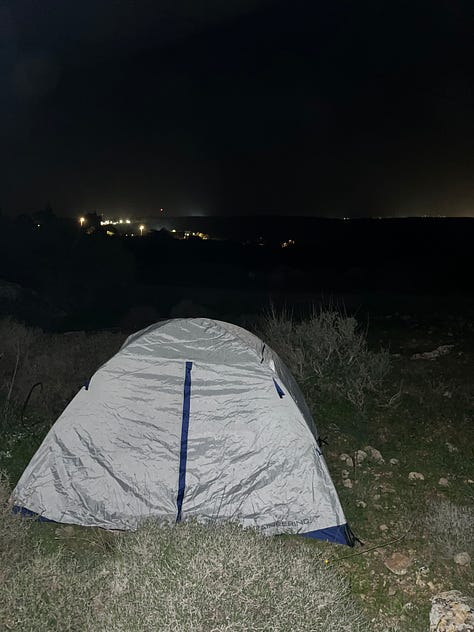
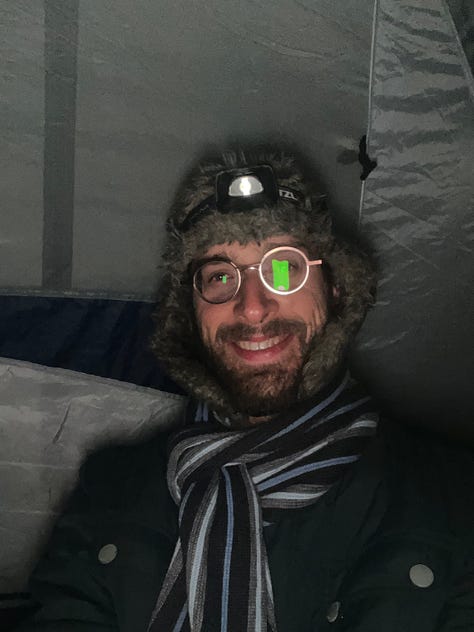
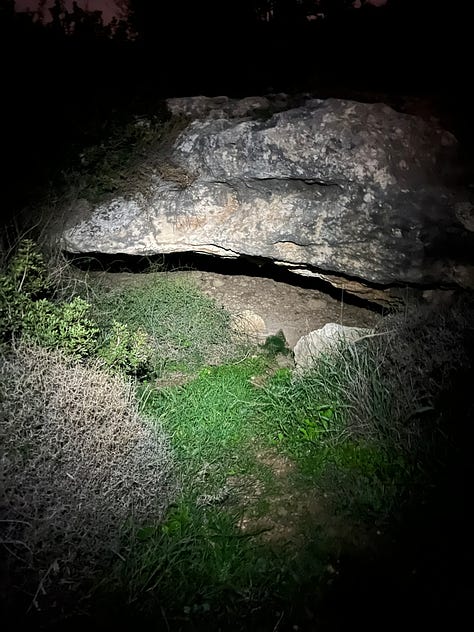
The whole night long I felt the ground shake with every thump from the west - an unsettling experience, mind you, but also directly connecting with our nation’s unfolding tragedy.
Long before the first crack of dawn, I was back on the trail, heading up the ridge that overlooks the Elah Valley and Bet Shemesh.
Sunrise found me on the hilltop that houses Tel Goded, an ancient Second Temple Period village that boasts panoramic views of the entire Shfelah.
Subscribe to The Healthy Jew
Your guide to healthy Jewish living and Israel's natural world.

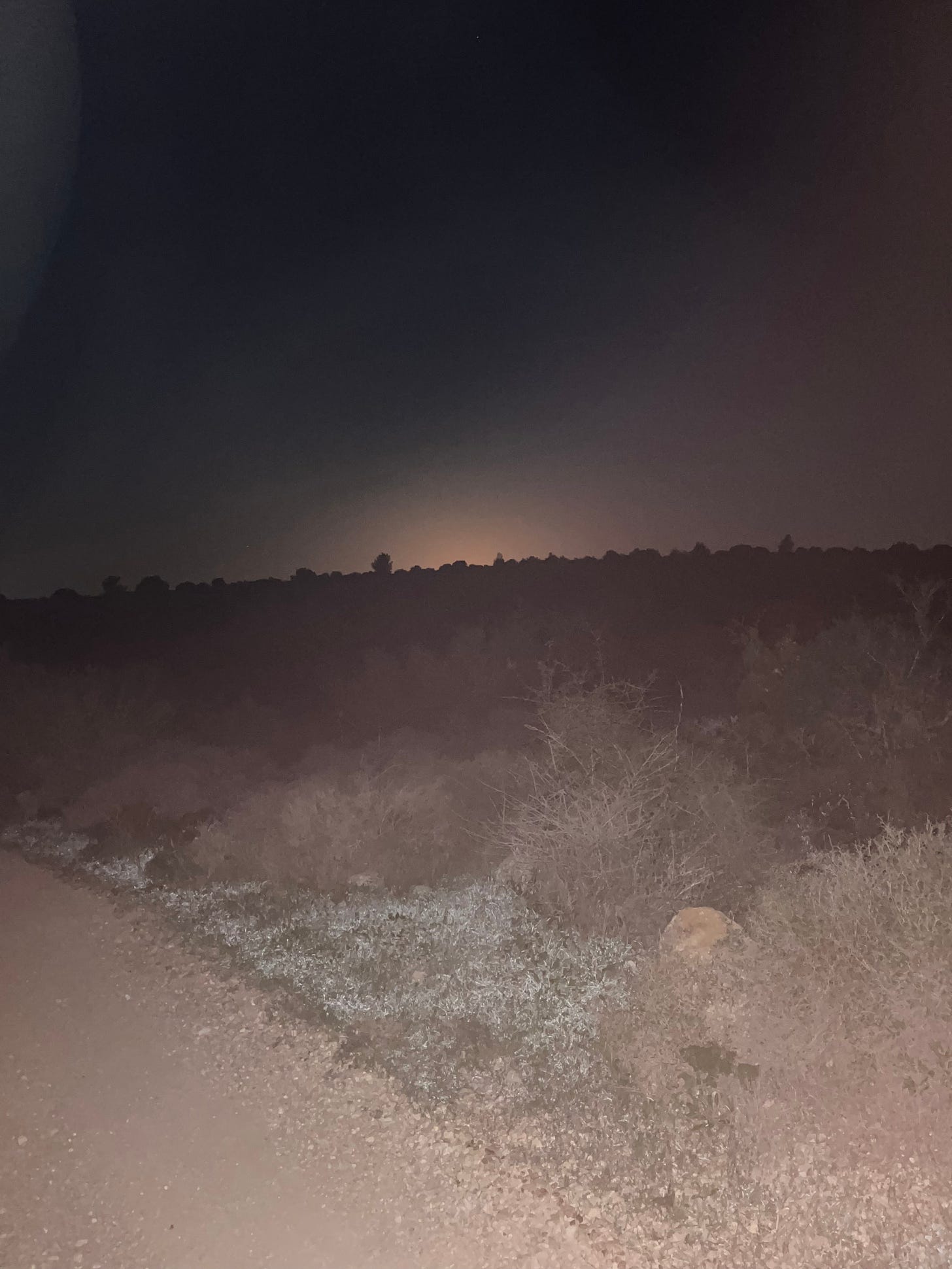
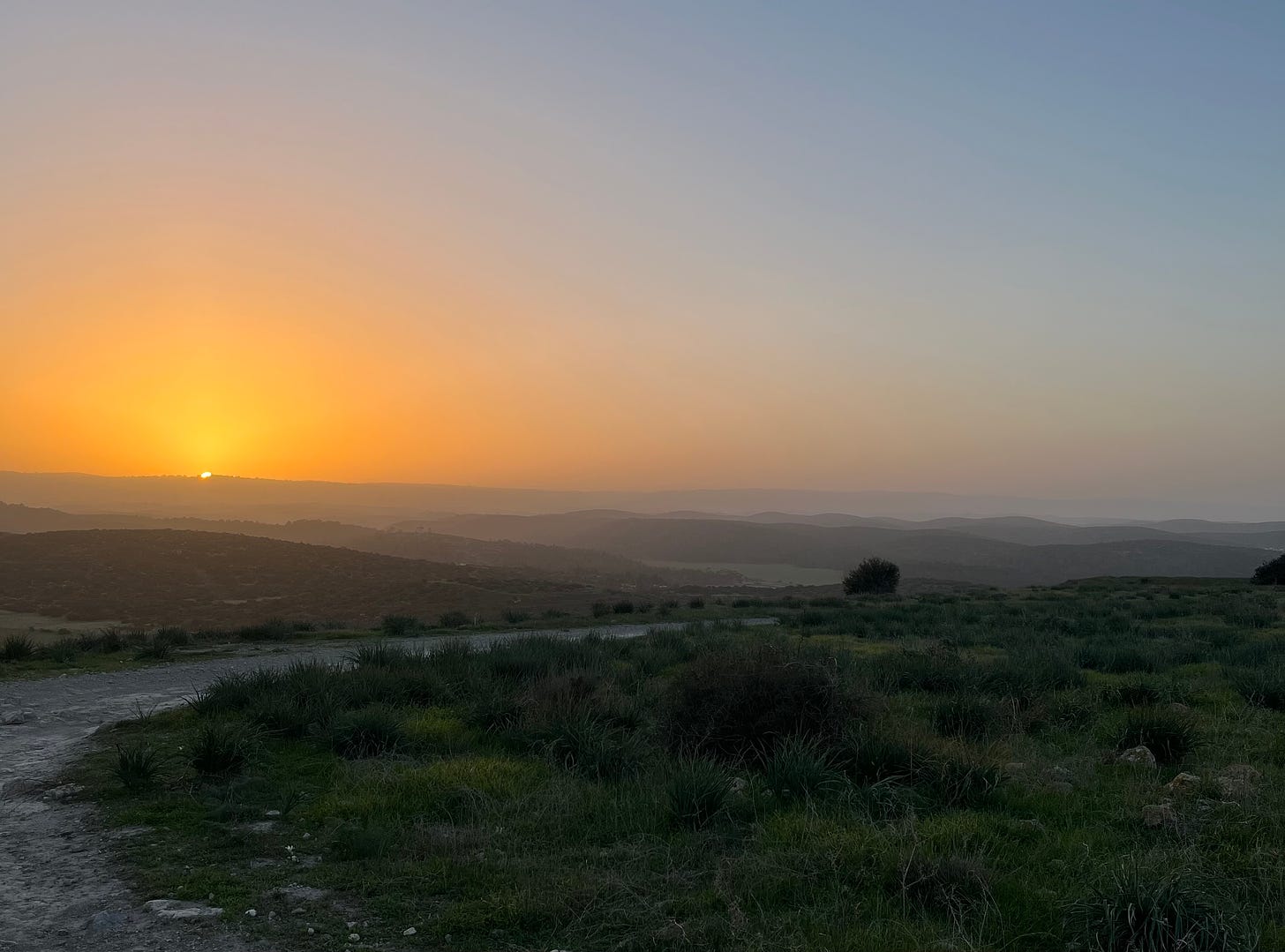
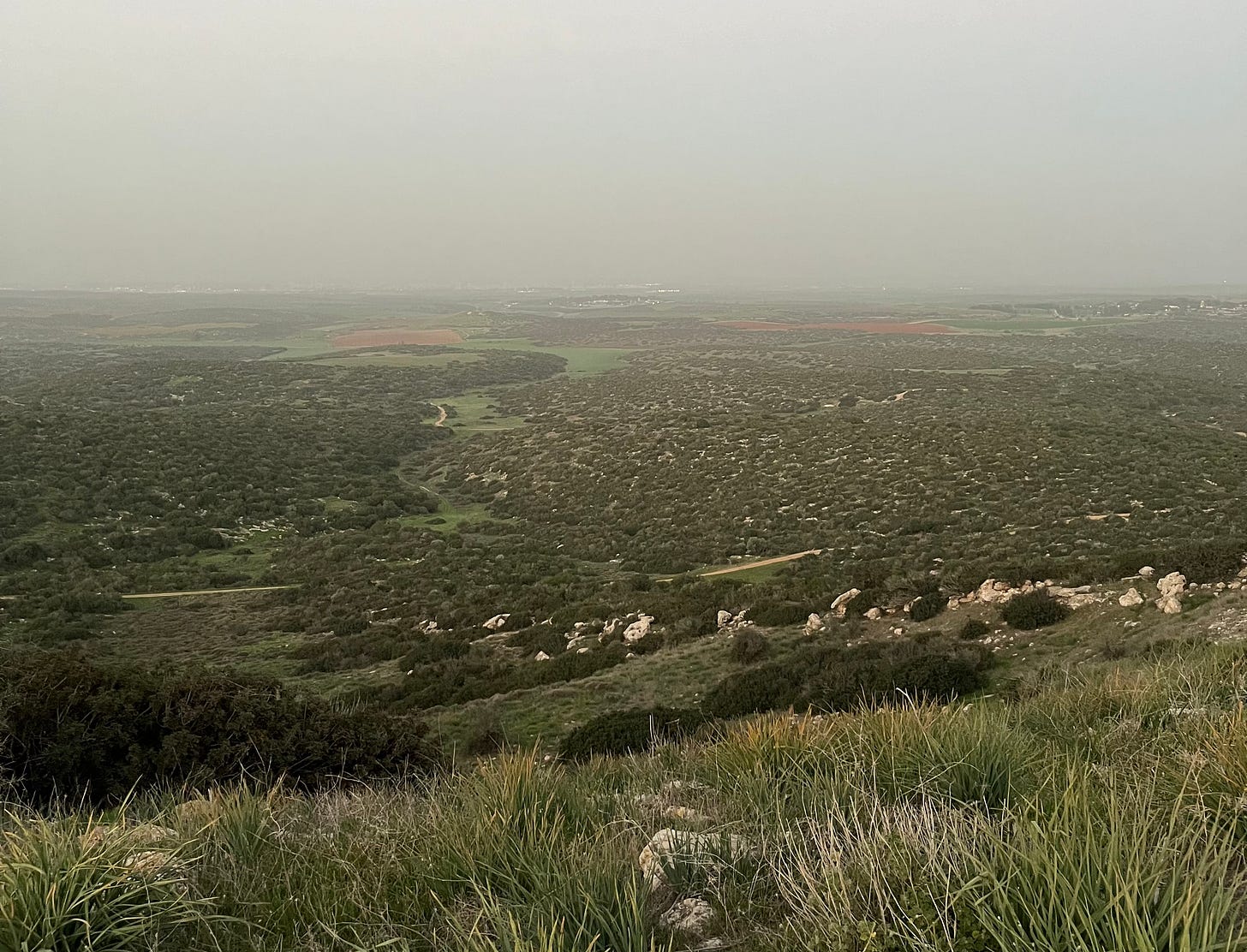
I am an Iberian.
ReplyDeleteMy people resided on the Iberian Peninsula uninterrupted for 700 hundred years. My family rose in prominence there where my ancestor, Isma'il ibn Naghrilla ruled as vizier of Granada under the sultan Badis ibn Habus.
On the day of the Nakba, August 10, 1492, my people, men, women and children without exception were expelled from our Iberian homeland during the treacherous Reconquista, and we were refugees ever since. There was no UNRAW to come to our aid.
The time has finally come for the ancient Iberians to reclaim their ancestry, and to slaughter all the Spanish and Portuguese who have stolen our land.
I am an Iberian and from the Ocean (The Atlantic) to the Sea (The Mediterranean) Iberia must be free!